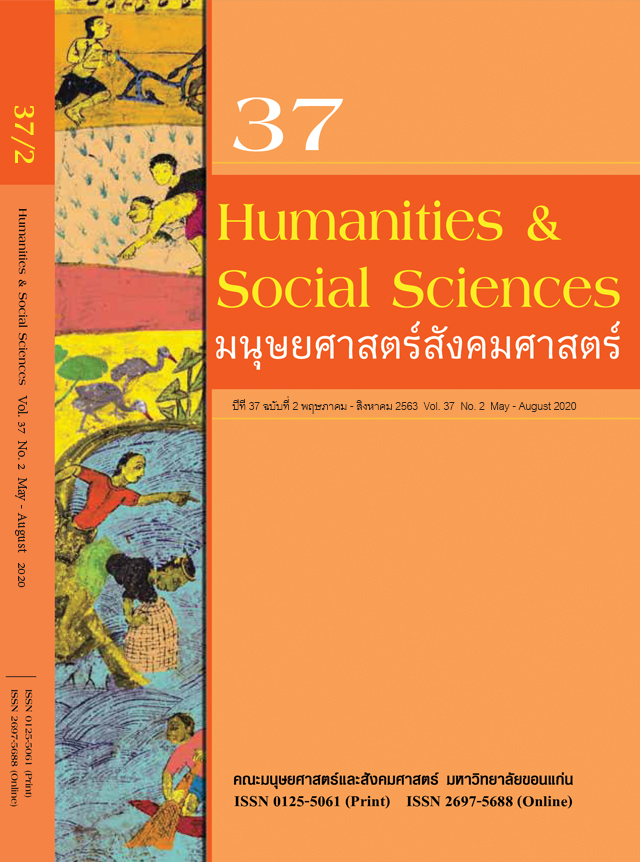การบริหารจัดการการท่องเที่ยวในเขตอนุรักษ์มรดกทางวัฒนธรรม (สถาปัตยกรรม) เมืองเก่าลำพูน แพร่ น่าน
Tourism Management for Preserved Area of Cultural Heritages (Architecture) in Lamphun Phrae Nan old town
Keywords:
Tourism Management, Preserved Area of Cultural Heritages (Architecture), Old Town, Tourism, Lanna RegionAbstract
Tourism Management in Preserved Areas of Cultural Heritages (Architecture) in Lanna Region aims 1) to develop and create tourism management model for preserved areas of cultural heritages (architecture) and 2) to create guideline for tourism management in preserved areas of cultural heritages (architecture) in Phrae, Lamphun, and Nan old town as study areas by gathering and analyzing data from 3 sub- studies: (1) Guideline for Demarcation in Preserved Area of Cultural Heritages (Architecture) (2) Organizational structure and Procedure Management in tourism for Preserved Area of Cultural Heritages (Architecture) and (3) Tourism Development Guideline for Preserved Area of Cultural Heritages (Architecture).
Nowadays, management in Preserved Areas of Cultural Heritages (Architecture) is under community agreement as laws and regulations have not yet been applied in local tourism. An effective tourism management should concentrate on the locals’ collaboration. According to the research, the model consists of 2 sections: (1) Pre-demarcation process which consists of planning, collecting data and demarcating cultural heritages area (architecture) in Lanna Region (2) Post-demarcation process which consists of finding the marketing highlight of each area, preserving the nature sceneries and preparing facilities to support tourism activities, and managing budget and cost for tourism and enhancement of the area.
Guidelines for management tourism in preserved area of cultural heritages (architecture) in Phrae, Lamphun, and Nan are different depending on the community settlement and cultural heritages (architecture) distribution. As most cultural heritages (architecture) have their unique potential to become tourist attractions, local governments and the communities themselves should collaborate in their resource development with integration to conservation purpose and social usage. Guideline of tourism development is divided into 7 parts: (1) conservation guideline, (2) usage development guideline, (3) infrastructure and facility guideline, (4) tourism activity development guideline, (5) architecture and historic content development guideline, (6) human development guideline and, (7) processual and organizational development guideline.
Keywords: Tourism management, Preserved area of Cultural Heritages, Old Town Architecture, Tourism, Lanna Region



